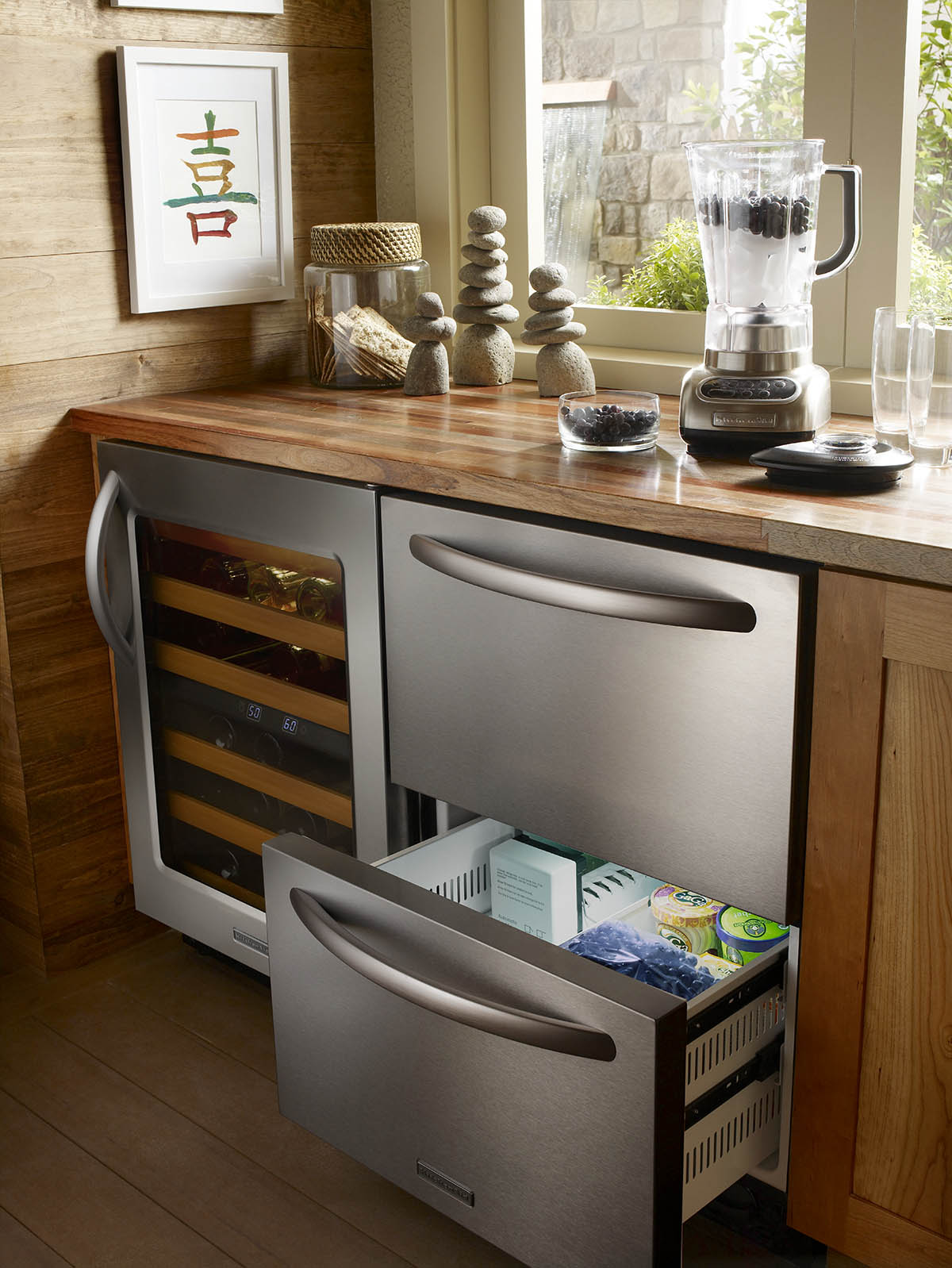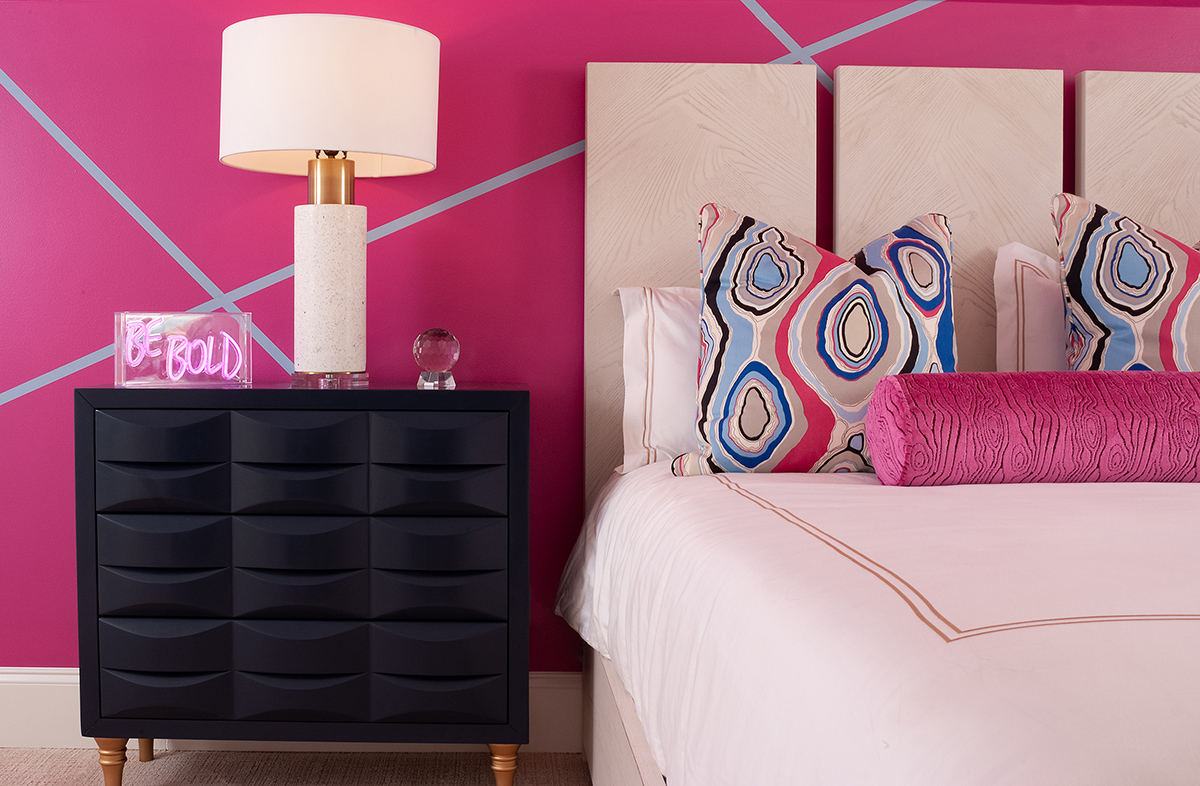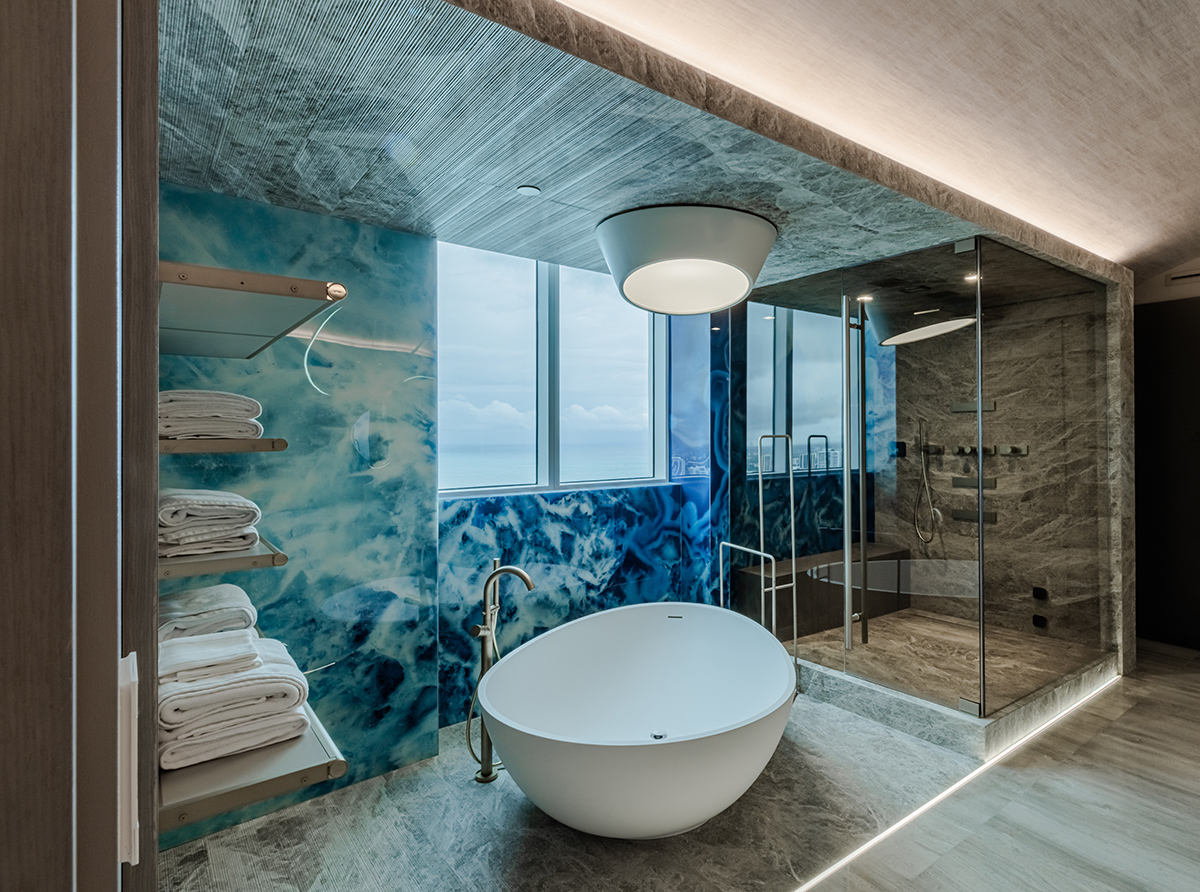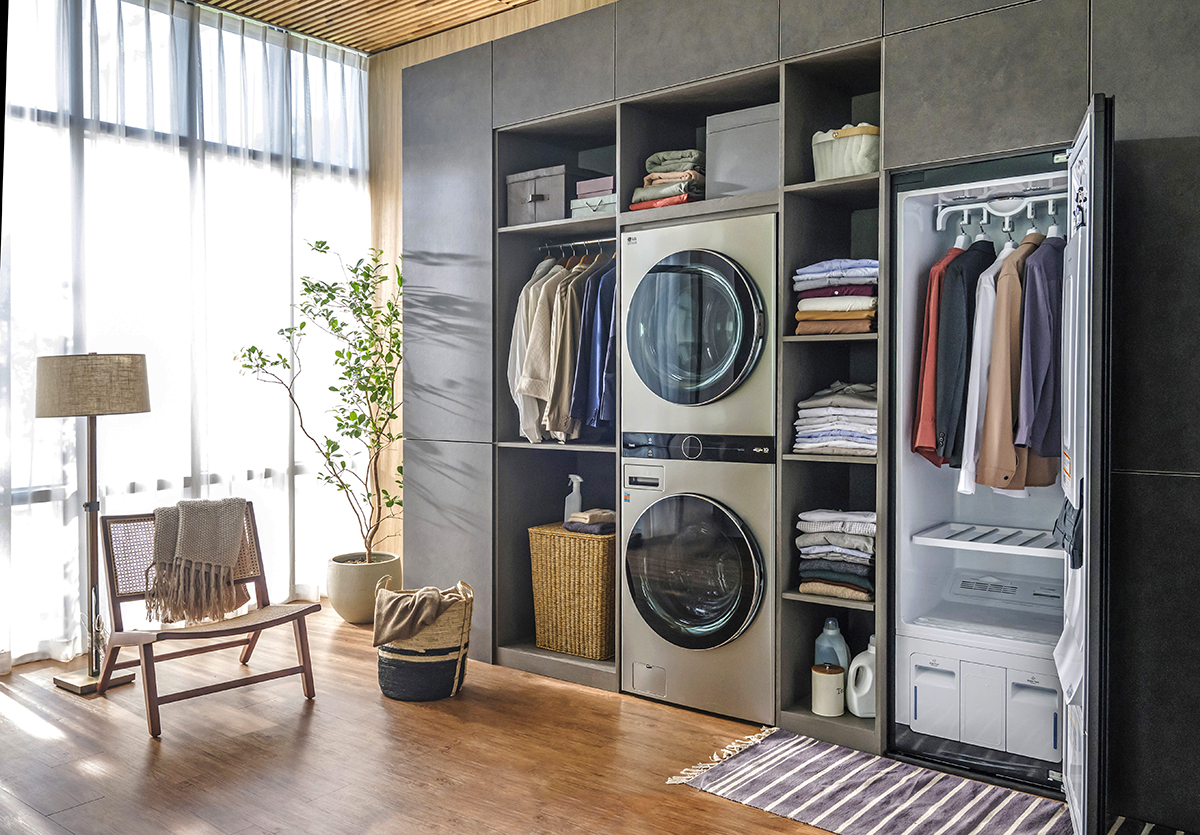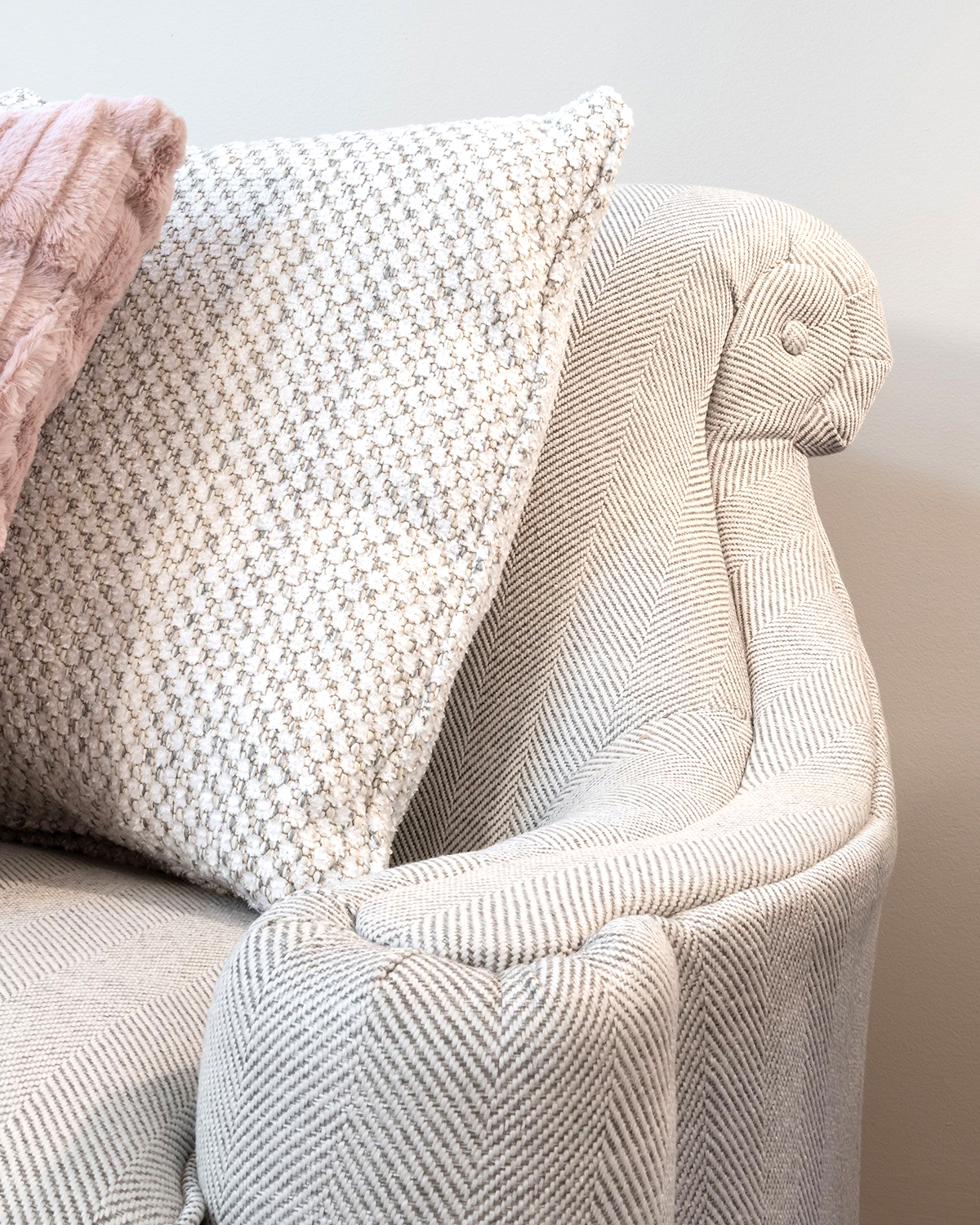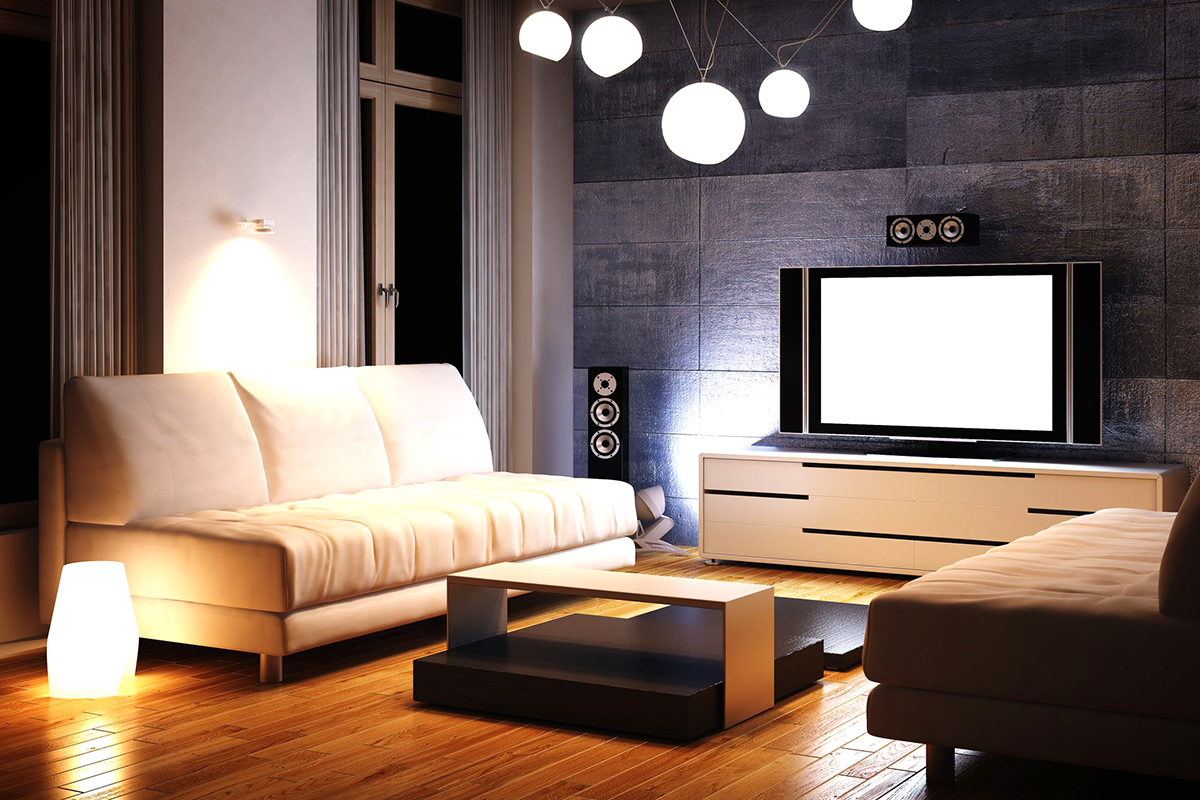WRITER | PAUL STEBLETON
The demand for books has exploded since Johannes Gutenberg invented the moveable-type printing press in the 15th century. By the 18th century, literacy had grown to the extent that the wealthy were amassing their own private libraries. As the cost of printing and binding became more affordable in the late 19th and early 20th centuries, reading became a hobby not just for the wealthy and highly educated, but also a pastime for the growing middle class. Books could be purchased not only in local shops, they could also be ordered by mail.
Today, home libraries are once again on the rise, riding a wave of nostalgia for the printed word. Home libraries can fit any budget and, like a reader’s taste, can change with evolving interests.
When considering building your own home library, you should first understand how to maintain your books properly. Books should be stored standing upright and kept away from direct sunlight in a space that maintains a stable temperature. Books are sponges; they soak up smells and moisture easily, so avoid smoking near them and keep them away from damp spaces. Be sure to wipe the top edges of your books occasionally with a soft cloth to remove dust. If you follow these guidelines, your books will maintain their condition for generations to come.
The next step in designing a home library is to decide how much space you will need. How large will your collection be? Is your collection complete, or will it grow to include more volumes? It would be a shame to get your library organized only to realize that your space is too small to house it. Think about what floor in your home is best for your books. Because paper is reactive to the environment, your library should be in a place that maintains a relatively stable temperature and humidity. Drastic changes can cause the paper to become brittle and the glues that hold the books together to weaken. Humidity will cause mold, which, once it enters a book, is nearly impossible to remove. The best location for your home library is above ground level.
Along with room size, consider this: books are heavy. As any book lover who has moved will testify, if you see a large box labeled “Books,” let the mover take it! The room you choose should be well supported if you plan a large collection. Before beginning work, it may be advantageous to consult a professional to make sure the room doesn’t require additional support beams or structural modifications.
Once you have decided on a room, you can move on to shelving. There are many options available that are both affordable and allow you to maximize any space. Standalone bookcases are one of the easiest ways to go and come in numerous sizes, colors, and finishes. These units can be arranged and relocated to grow with your collection and can go with you should you change your address. Shelves can usually be adjusted to accommodate both large and small books, and even basic models can be made to look like built-ins with a bit of ingenuity and some basic handyman skills. Those looking for a more permanent option may want to consider actual built-in bookcases. These cost a bit more and require some maintenance, but they add both character and resale value to a home. For this type of shelving, we suggest employing a professional contractor unless your carpentry skills are really up to snuff.
Good lighting is obviously important in your reading space, but the room you choose should not have a lot of windows. Direct sunlight will eventually cause older paper and bindings to age and fade, and even new books are susceptible to damage from UV rays. Artificial light is not harmful to books, however, so floor lamps and reading lights will help create that warm feeling for reading pleasure.
Books tickle all the senses and stimulate our minds as no electronic device can. With these basic steps, you can begin your path to creating your own personal reading sanctuary.



